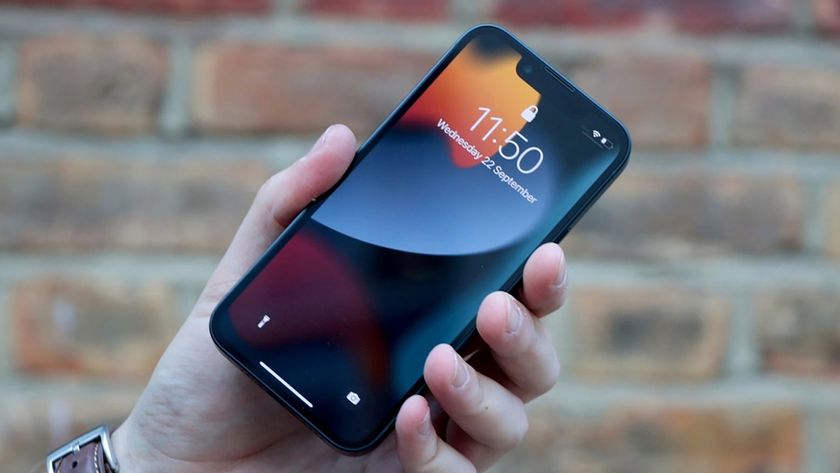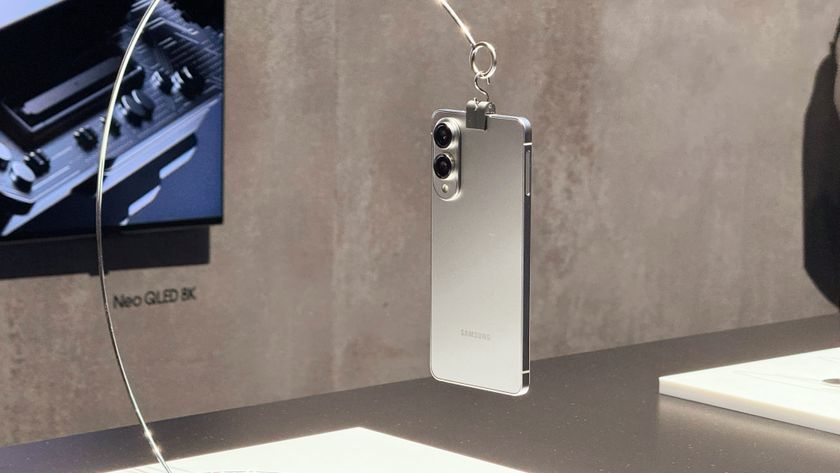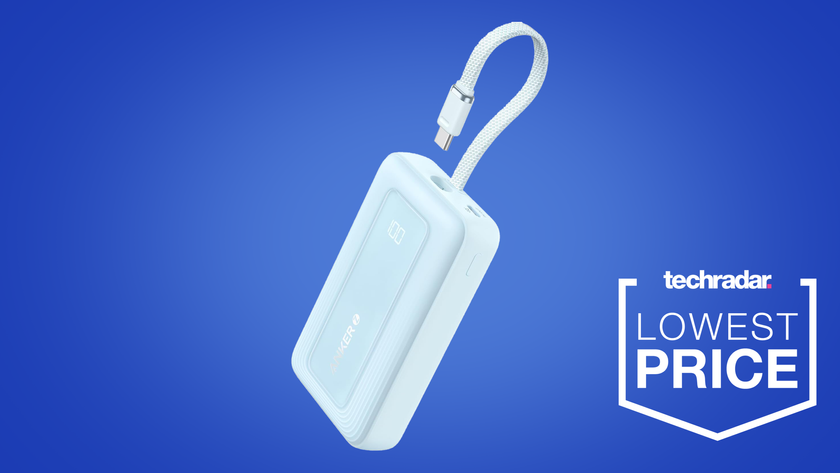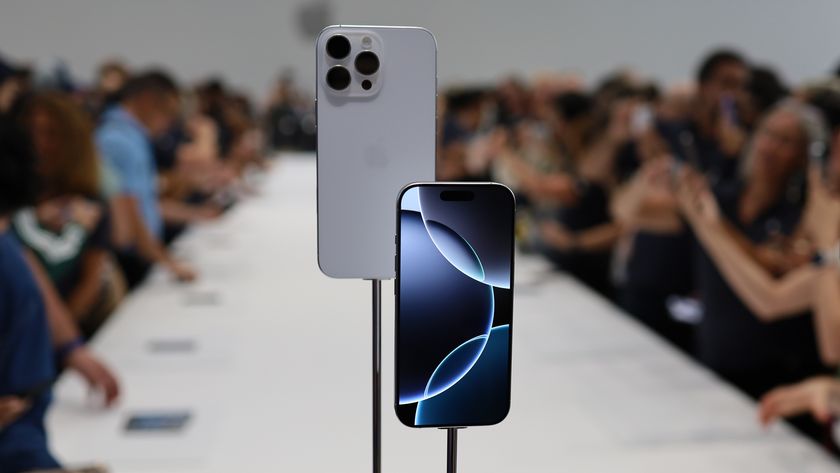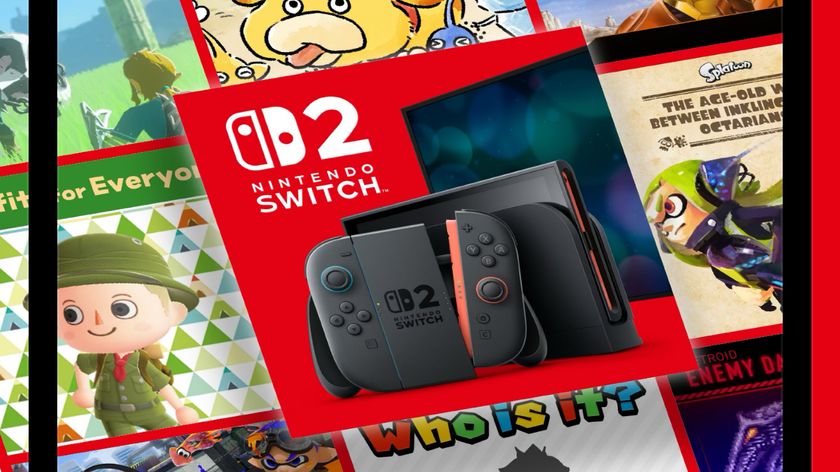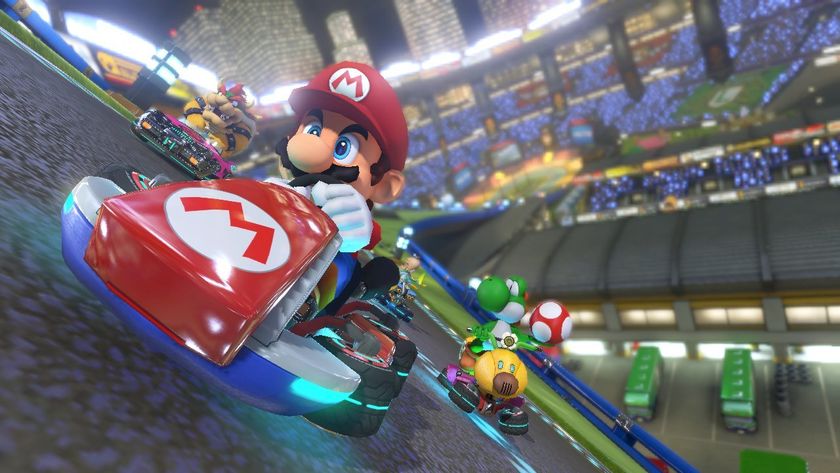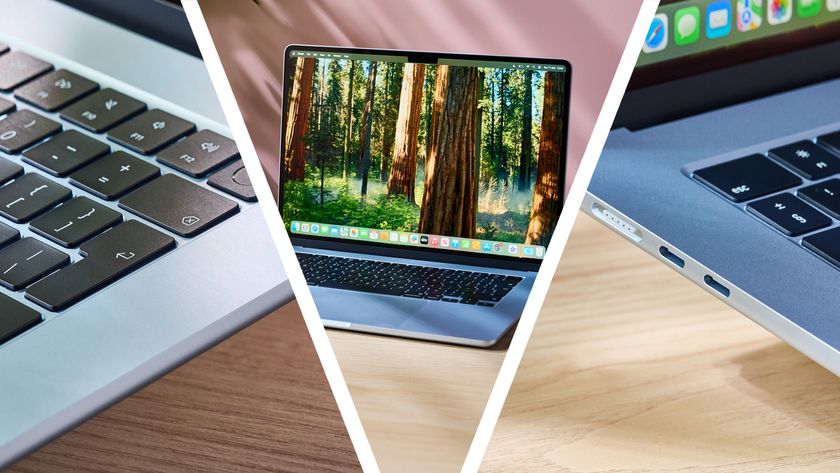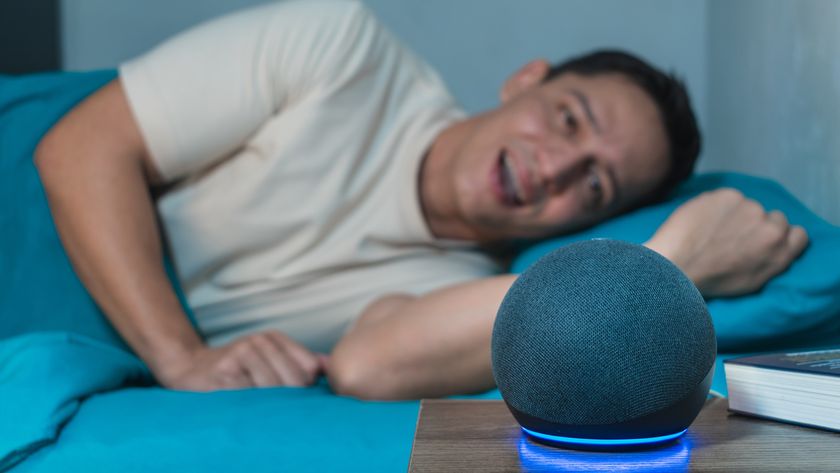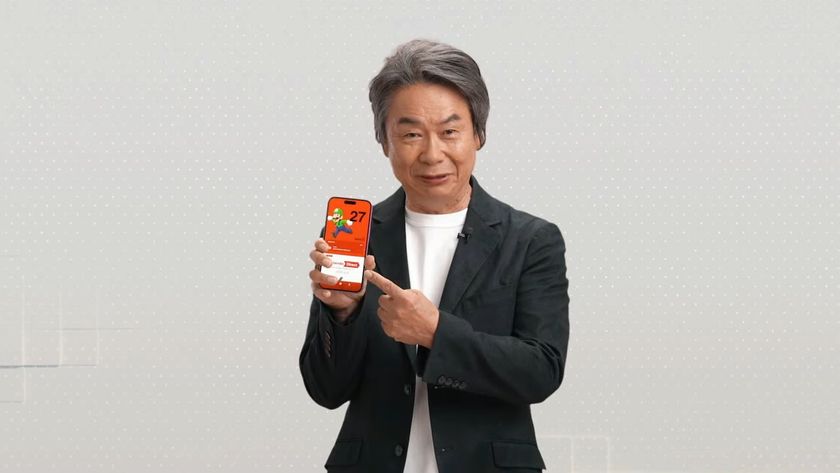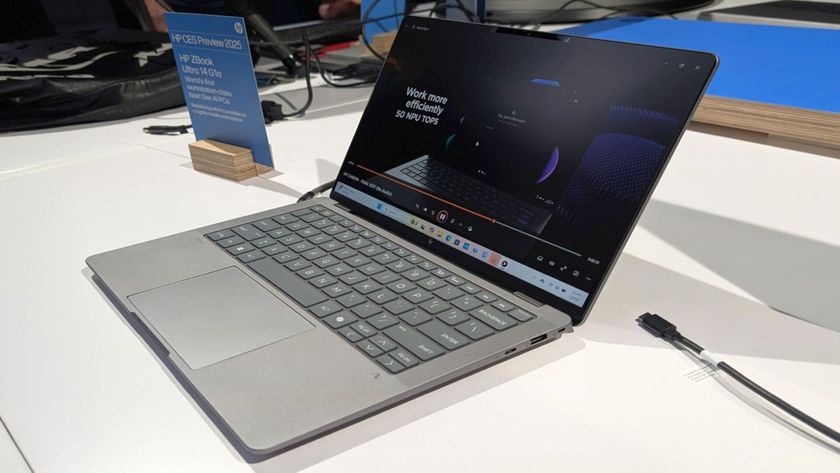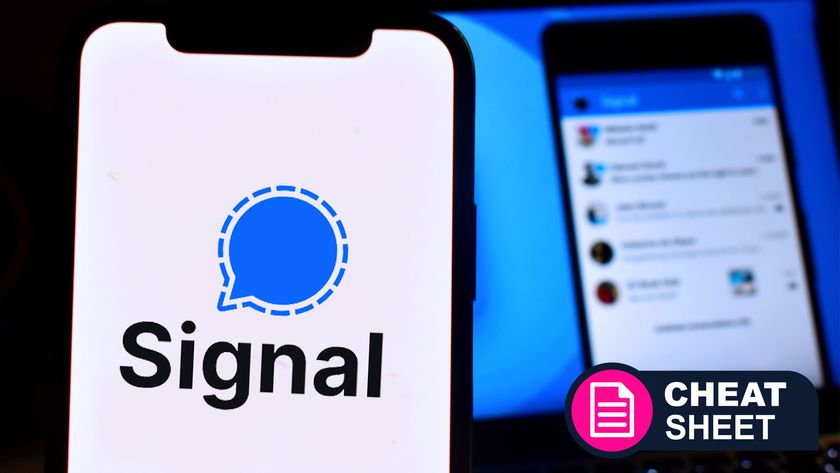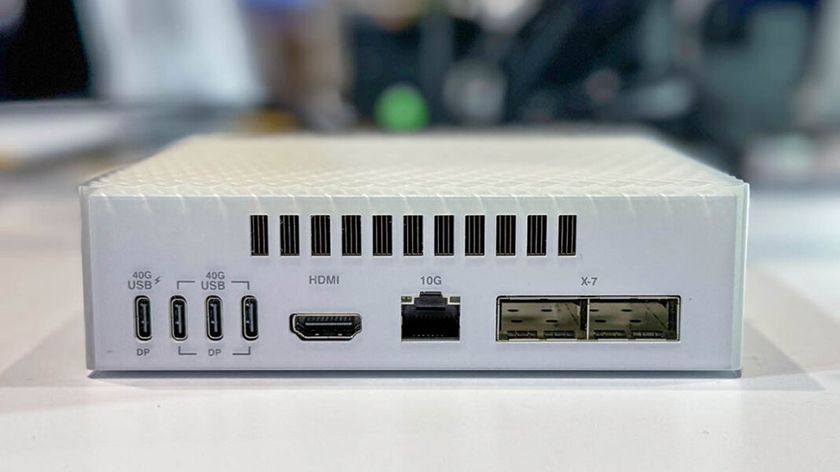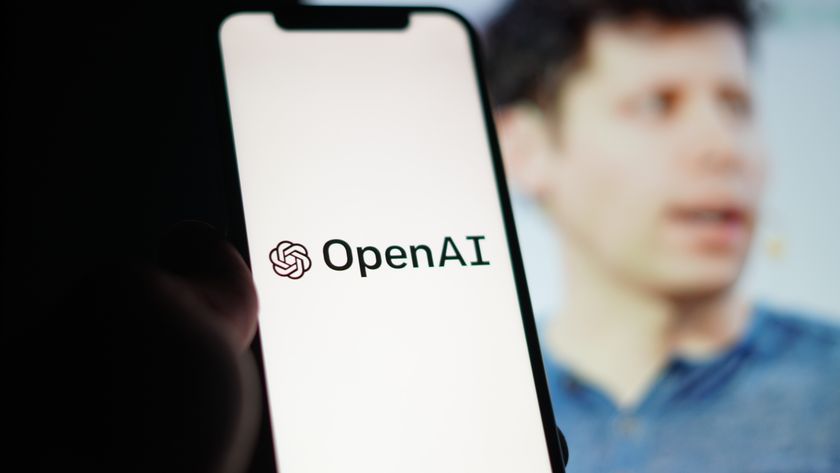Phablets will grow in 2013, but just how big can they get?
Manufacturers stretch the definition of a phone and the limits of your pocket
The 4.8-inch screened Galaxy S3, which (by Samsung's estimates) sold over 40 million units between May 2012 and January 14, 2013, is credited with making up a large portion of that 83 million figure.
Phablet sales haven't gone meteoric, Steinberg noted, but consumers are buying enough to keep the market afloat if not growing.
Because we can, should we?
"It's sort of like science friction - just because we can do things, doesn't actually mean it adds benefit," Steinberg mused about screen size. "We're experimenting right now. There's not really a rhyme or reason as to why a phone has to be a certain size, why it goes from 4 inches to 5.5 to 6.1.
"It's largely a manufacturer consideration, but you are seeing a category do well for itself and emerge."
Growing awareness of larger phones is helping move sales upward, he explained, while at the same time manufacturers are taking an experimental approach, throwing phones of varying sizes on the market to see what sticks.
Combine that with a perfect storm of chipmakers piling on CPUs with greater graphics performance for phones - chips that were once only imaginable in tablets - and the move to bigger screens starts to make sense.
Carving out a niche is a major driving factor in creating new screen dimensions as well, though Steinberg doesn't see size as the primary growth driver for phones.
Get daily insight, inspiration and deals in your inbox
Sign up for breaking news, reviews, opinion, top tech deals, and more.
"You're going to see phones in the current range do well," he said. "But what you are going to see grow are screen sizes as an aggregate start to creep up."
There is, however, that whole awkward factor with larger phones.
"Five inches is still a little awkward," Steinberg said. "If you have a Note, you still get stares from people when you pull it out, but phones like the S3 have started to train people to get used to the phones."
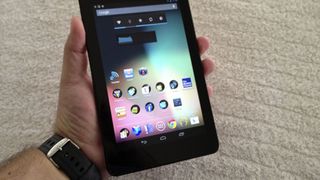
Smaller tablets are also helping with the acceptance if not adoption of larger phones.
"Tablets are shrinking - we have the iPad mini, Nexus 7 - so those are coming down in size," Steinberg said.
"The idea of being an outlier with large screen phones is voided by the fact that you have the Note, the Nexus 7 and the mini. It's not such a crazy idea after all."
Too big to swallow
But 5 inches (or even just above 4 inches) can be a hard display size to swallow for many people.
"I haven't met a single consumer who said, 'Man, I wish my phone was bulkier,'" Steinberg said.
Whatever the upsides of a larger screen can be wiped out by sacrificed portability, particularly for consumers who tend to favor practicality (can it fit comfortably in my back jeans pocket?) over most other physical factors.
Price can be another negative consideration - with more phone, the cost of materials has to go somewhere.
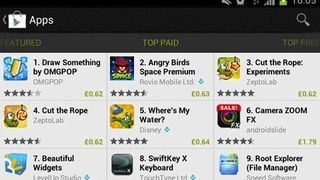
From an app and user experience perspective, phablets present an relatively uncharted world of issues.
"Some people may design differently for a phablet than they would a smaller phone," said Josh Ellinger, a software engineer who specializes in user experience.
"Your buttons are going to be bigger, there's more area so you start playing with more content on a single page, and developing a different interface perhaps."
Responsive web design - which, simply put, can target multiple devices thanks to a single HTML code base - has helped developers and engineers who want to design for phablets do so without creating an entirely new set of code.
The process is by no means universal, Ellinger noted, but it does provide the ability to design for an increasingly fragmented mobile market.
However, development for phablet is still tentative.
"A lot of people are still catching up with mobile in general, so I haven't seen much development for a phablet yet, aside from the fact that you could see responsive design add a break point for it," he said.
Michelle was previously a news editor at TechRadar, leading consumer tech news and reviews. Michelle is now a Content Strategist at Facebook. A versatile, highly effective content writer and skilled editor with a keen eye for detail, Michelle is a collaborative problem solver and covered everything from smartwatches and microprocessors to VR and self-driving cars.

